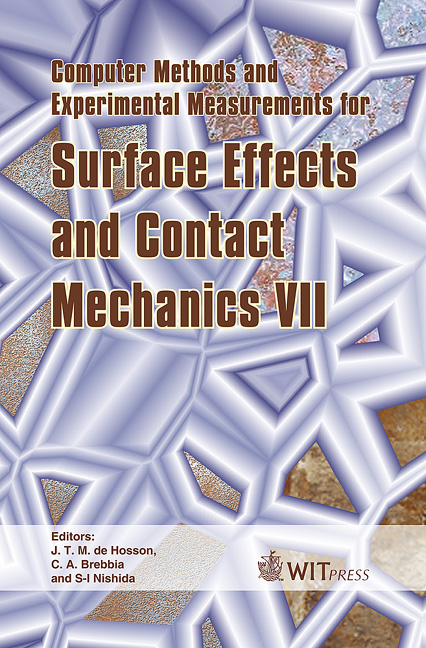Fundamental Mechanical And Microstructural Observations In Metallic Glass Coating Production
Price
Free (open access)
Transaction
Volume
49
Pages
11
Published
2005
Size
3,007 kb
Paper DOI
10.2495/SECM050161
Copyright
WIT Press
Author(s)
D. T. A. Matthews, V. Ocelík & J. Th. M. De Hosson
Abstract
The production of a wide range of metallic Glass Forming Alloys (GFA) has been investigated by several processing routes including simple arc-casting and melt-spinning to form Bulk Metallic Glasses (BMG). The concepts surrounding such alloys have been directed towards the production of thick (>300µm) amorphous surface layers by high power laser treatments. Microstructural observation techniques include secondary electron microscopy, transmission electron microscopy and X-ray diffraction, which reveal that fully amorphous metals are attainable with a range of dimensions by arc- and induction-furnace fabrication, whilst the laser processing routes have also been proven to be powerful enough techniques to facilitate the production of glassy metallic surface layers. Thermo-dependant properties have been explored by differential scanning calorimetry and in-situ heating with transmission electron microscopy. Hardness and nano-indentation profiles reveal hardnesses up to 850 Vickers over the full depth of the coating. Shear band formation in the laser treated layers has also been observed and reported. Keywords: bulk metallic glasses, laser surface treatment, DSC, XRD, TEM, hardness. 1 Introduction Crystalline materials are inherently vulnerable to failure by (for example) fracture or corrosion due to their in built defects – grain boundaries. Grain
Keywords
bulk metallic glasses, laser surface treatment, DSC, XRD, TEM, hardness.





